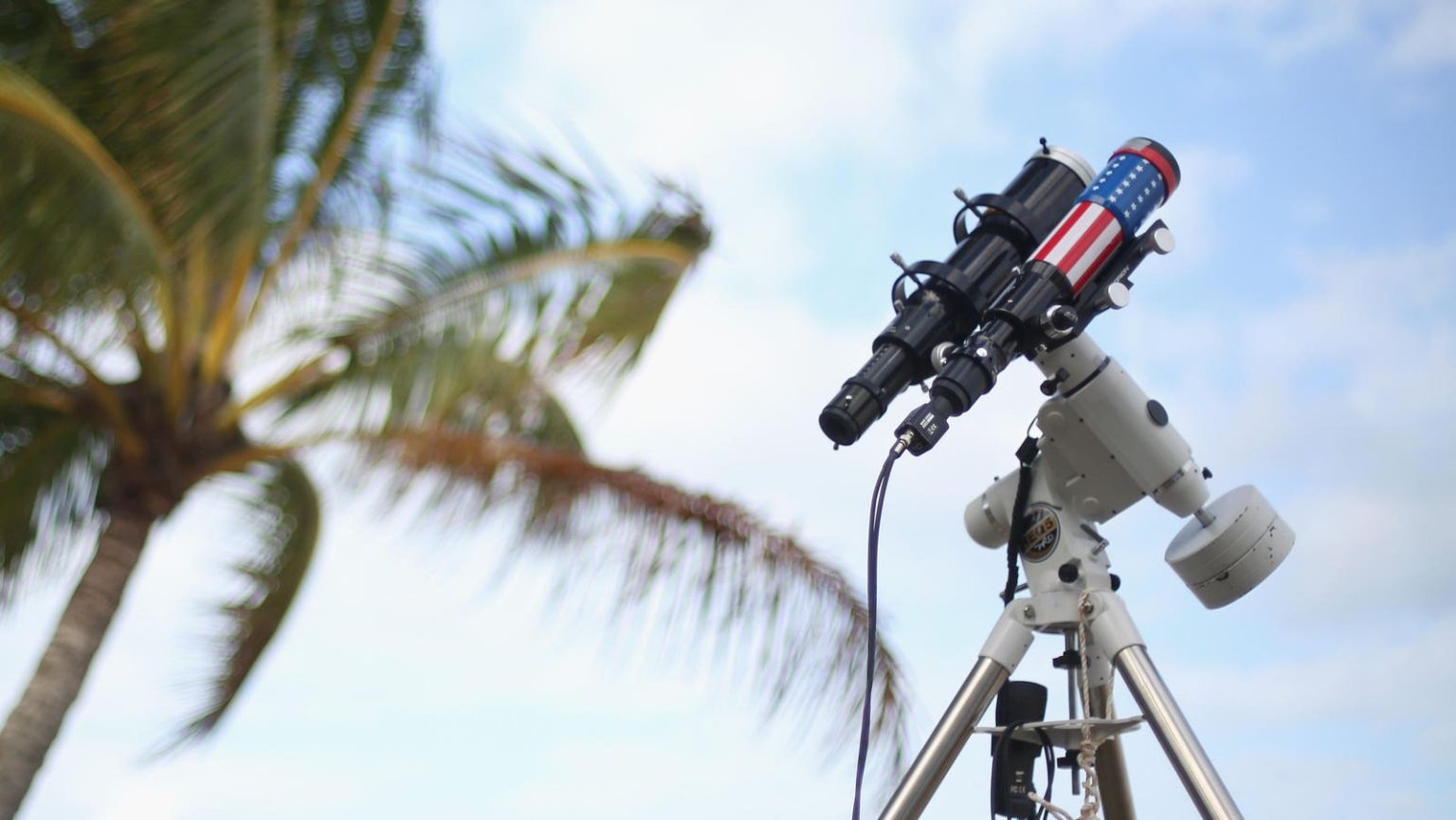NASA has released a new video on YouTube with tips for capturing the upcoming solar eclipse on Monday, April 8. Despite the advice to simply enjoy the experience without the distraction of photography, NASA offers some safety tips for those who want to document the event. They emphasize the importance of using a solar filter to protect your eyes and camera, as well as removing the filter during totality to see the Sun’s outer atmosphere.
In addition to safety precautions, NASA also recommends using any camera available, as the photographer matters more than the equipment. They suggest using a tripod for stability and a delayed shutter release timer to avoid blurry images. It is also advised to focus on the human experience of watching the eclipse, rather than just the technical aspects of photography.
Further tips include capturing the unique lighting and shadows during the eclipse by looking around and taking wide-angle photos. It is recommended to practice with your camera before the eclipse day to know its capabilities and experiment with adjustable exposures and manual focus for crisp shots. Sharing your eclipse experience with friends and family and tagging @NASA on social media to connect and share your photos with NASA is also encouraged.
For those interested in more in-depth information on how to photograph the partial phases of the eclipse safely and effectively using a smartphone or camera, they are directed to read a more detailed guide. The path of totality for the upcoming eclipse will cross parts of Mexico, 15 U.S. states, and six Canadian provinces. Cities near the path of totality will experience a 99% partial solar eclipse, while those further away will see varying levels of obscuration.
As the eclipse approaches, individuals are encouraged to practice safe viewing techniques and follow NASA’s tips for photographing the event if they choose to do so. The rare opportunity to witness a solar eclipse offers a chance to capture unforgettable images and share the experience with others through social media. With clear skies and wide eyes, observers can enjoy the awe-inspiring natural phenomenon and document it for future memories.


